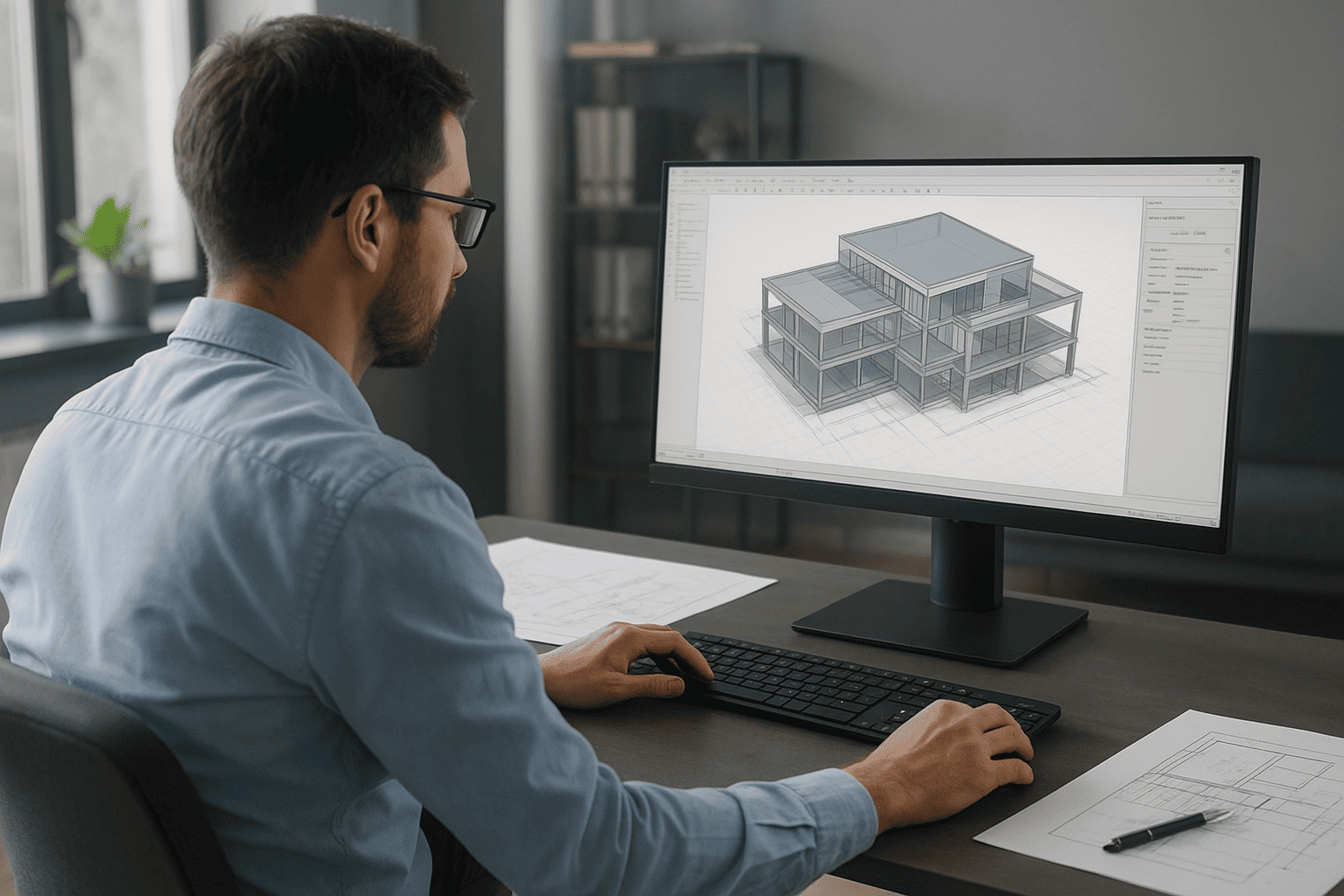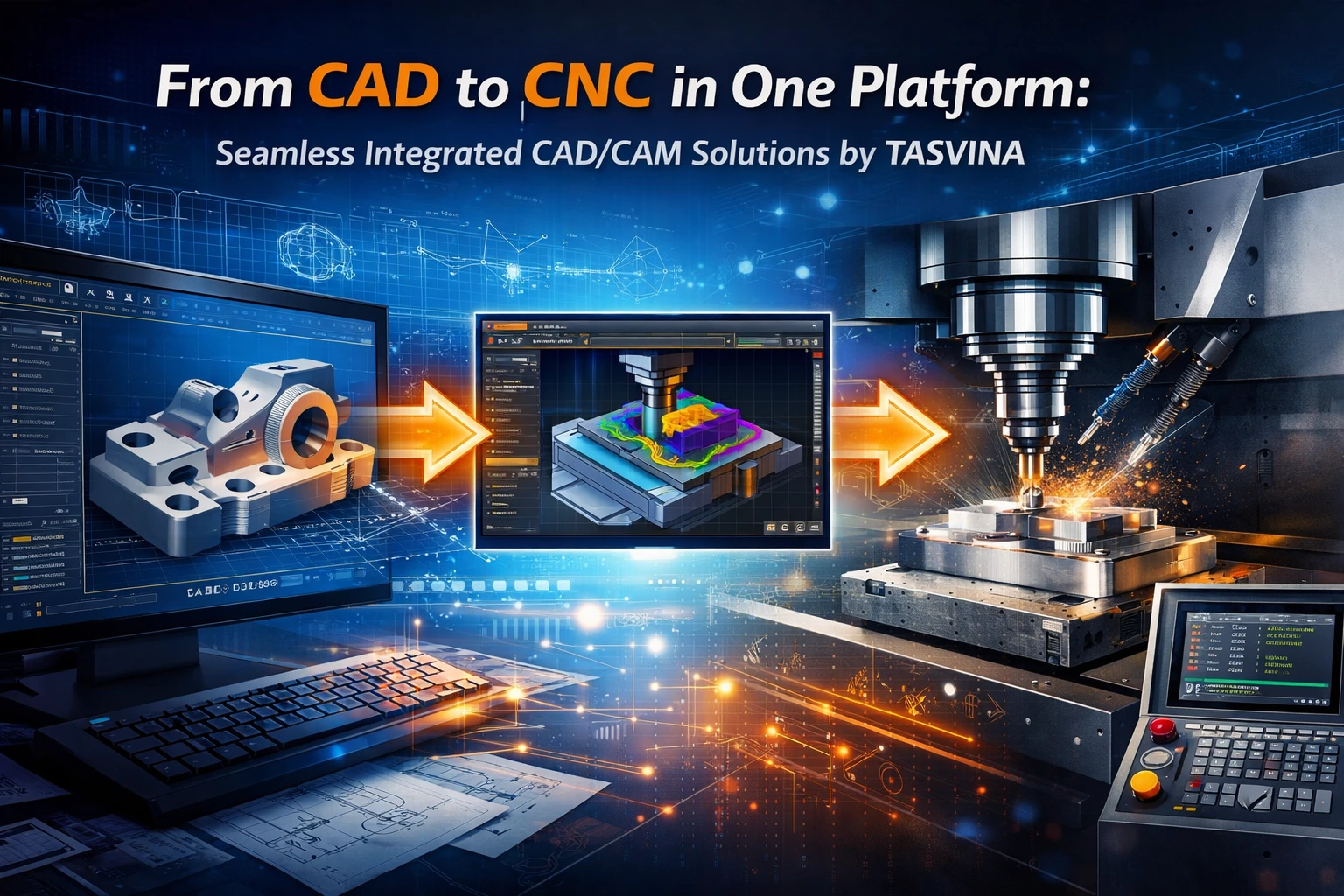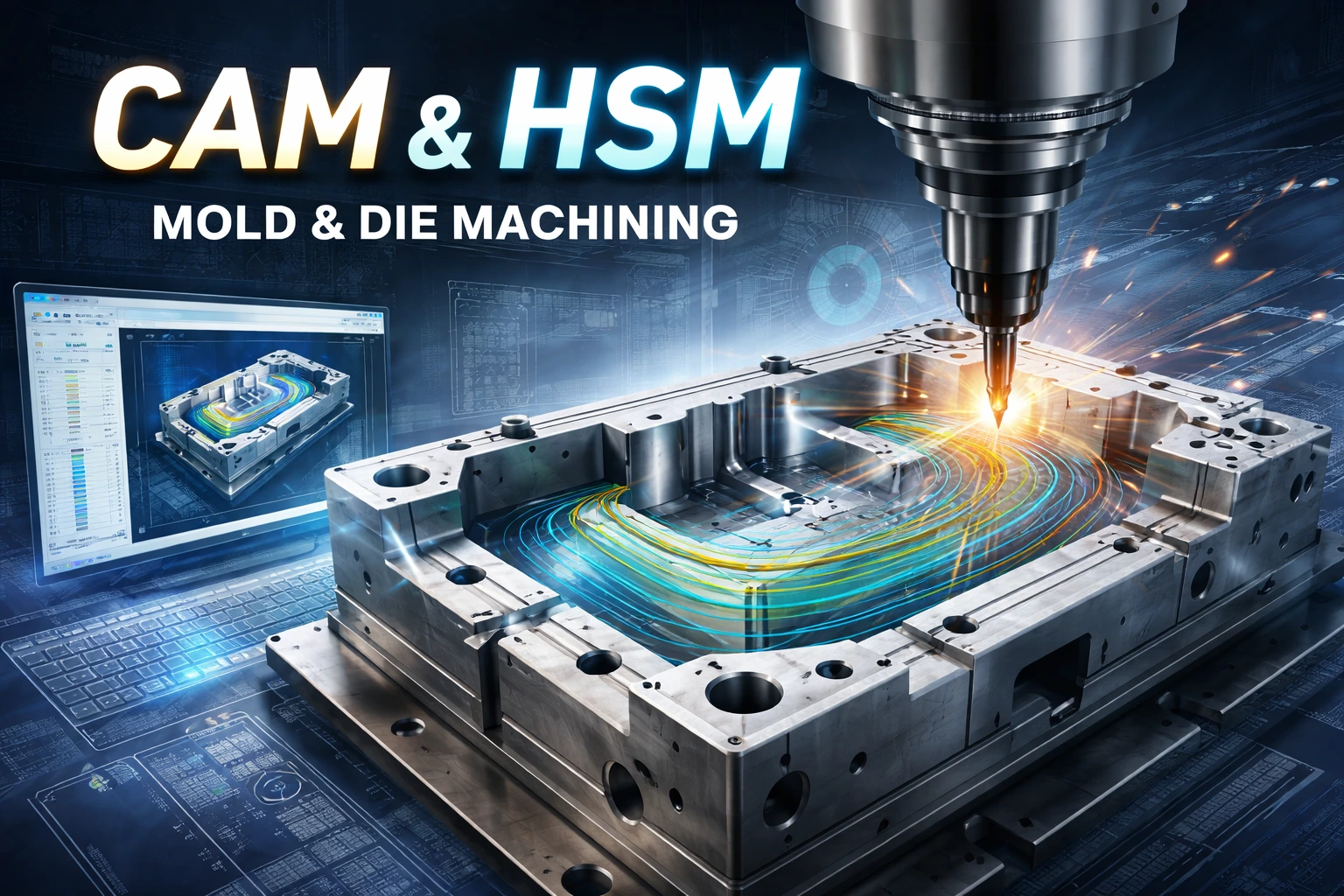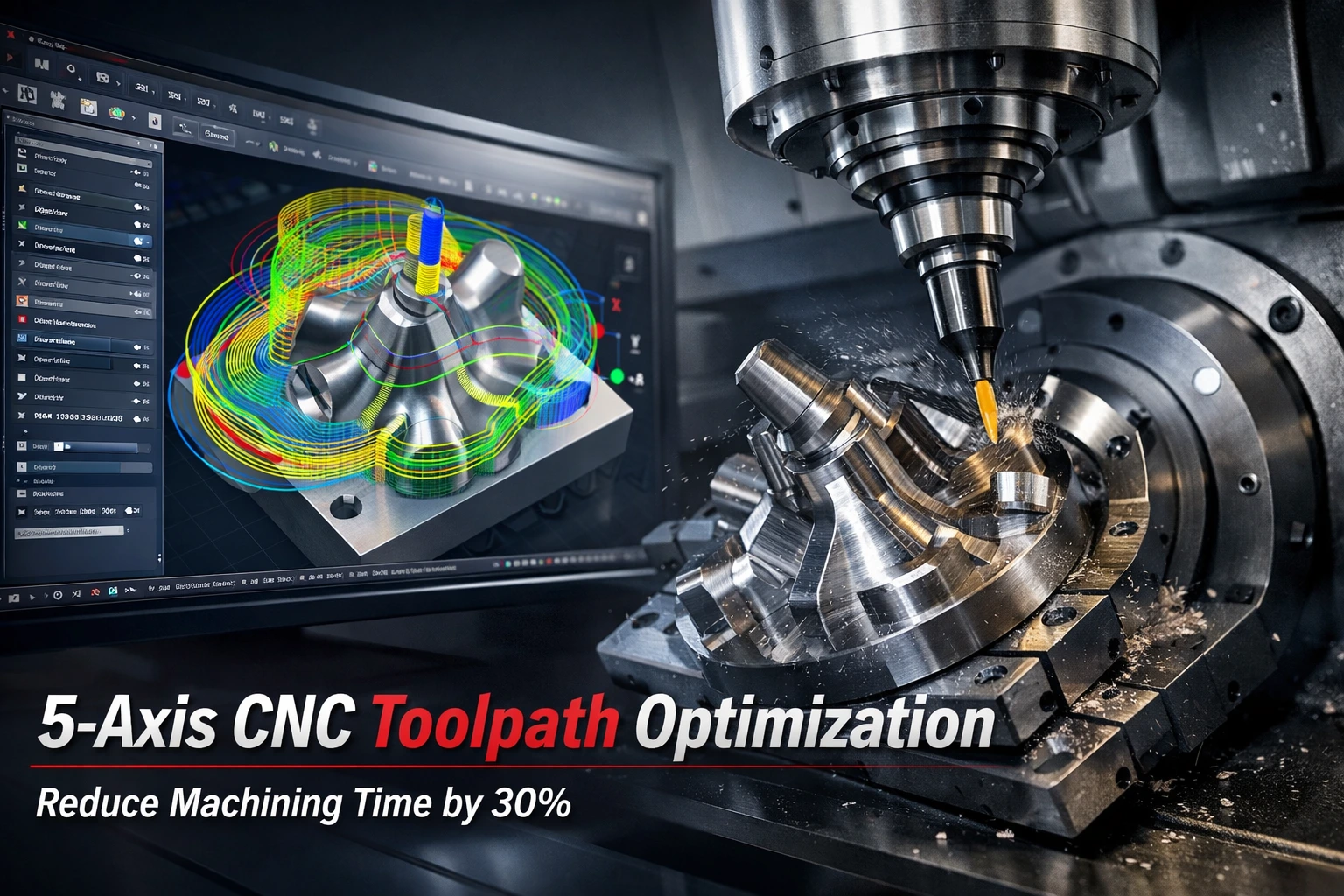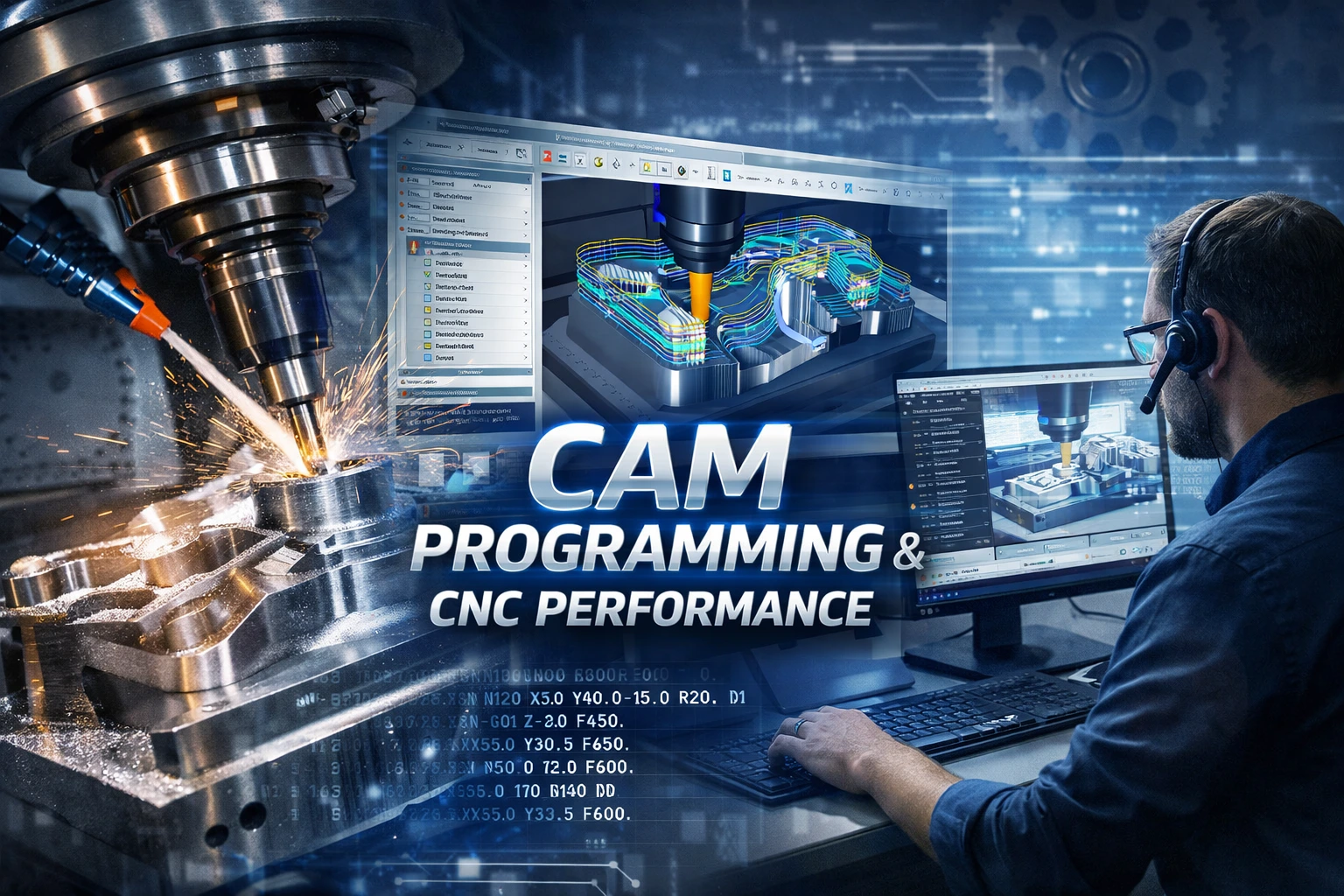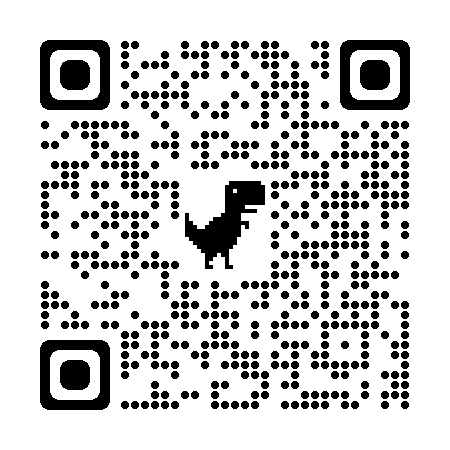In the era of digital transformation, Computer-Aided Design (CAD) has become an indispensable tool in the fields of architecture and engineering. Beyond improving design efficiency, CAD has fundamentally reshaped the way humans think and create. However, alongside its advantages, it also raises an important question: how does CAD influence the human element in the traditional creative process?
1. CAD – A Milestone in Modern Design Methods
Before CAD emerged, most architectural and engineering drawings were created manually—using pencils, rulers, and tracing paper. This process required immense precision, patience, and time. The introduction of CAD marked a revolutionary shift, enabling architects and engineers to model, edit, and experiment with their designs digitally.
Modern CAD software such as AutoCAD, Revit, SolidWorks, and ArchiCAD has significantly shortened the design cycle, enhanced accuracy, and improved control over even the smallest details. For companies like TASVINA, which specialize in industrial and construction design, CAD is an essential tool to ensure precision and optimize project outcomes.
2. Transforming the Traditional Creative Cycle
CAD is not merely a drawing tool—it has become a medium of creativity. Traditionally, the creative process began with hand sketches, where architects conveyed emotions and artistic intuition through lines and shapes. These sketches evolved gradually into finalized blueprints through iterative refinement.
With CAD, this process has been reversed. Ideas can now be directly visualized and tested on a digital platform, allowing designers to explore multiple variations in a fraction of the time. Designers can rotate, cut, measure, and even simulate light, materials, and structural behavior within the same environment.
This capability has accelerated the creative process, but it has also diminished some of the emotional expressiveness found in hand-drawn sketches. Nevertheless, when integrated properly, CAD does not suppress creativity—it expands its boundaries, enabling the realization of complex ideas that would have been impossible through traditional means.
3. CAD and Collaborative Digital Workflows
One of CAD’s most powerful impacts lies in its ability to enable real-time collaboration. Architects, engineers, and investors can now work together on a shared model, exchange data seamlessly, and reduce costly design errors.
For companies like TASVINA, integrating CAD into their workflow not only improves efficiency but also enhances the quality and consistency of design services. CAD fosters interdisciplinary cooperation—bridging mechanical, civil, and architectural design teams—ensuring synchronized and high-performing project delivery.
4. Shaping Design Thinking and Workforce Development
CAD is also reshaping the design thinking of the new generation of architects and engineers. Rather than beginning with sketchbooks, they now start directly within 3D environments, using simulations and data-driven optimization. This accelerates productivity but also demands stronger creative reasoning and conceptual flexibility.
For organizations like TASVINA, training and upskilling staff in CAD technologies is a strategic priority. Mastery of digital tools is not merely a technical requirement—it’s a competitive advantage in a world where innovation and precision define market leadership.
5. Balancing Technology and Human Creativity
Despite its benefits, CAD remains a tool—not a creator. True creativity in architecture and engineering still stems from human intuition, aesthetic sense, and experience. Maintaining balance between digital precision and artistic expression is essential for companies striving for sustainable innovation.
At TASVINA, this philosophy is reflected in our design approach—leveraging CAD to amplify, not replace, the creative vision of our professionals. The goal is to blend technological excellence with human artistry, ensuring that every project embodies both innovation and identity.
Conclusion
The rise of CAD has transformed the traditional creative process, ushering architecture and engineering into a new era of speed, accuracy, and digital collaboration. Yet, technology achieves its true potential only when it serves as an extension of human intellect and imagination, rather than a substitute for them.
As a forward-thinking company, TASVINA embraces CAD as a catalyst for design innovation—enhancing project performance while preserving the emotional and artistic essence of creation. By harmonizing technology and creativity, TASVINA continues to deliver design and engineering solutions that define the future of construction and industry.




